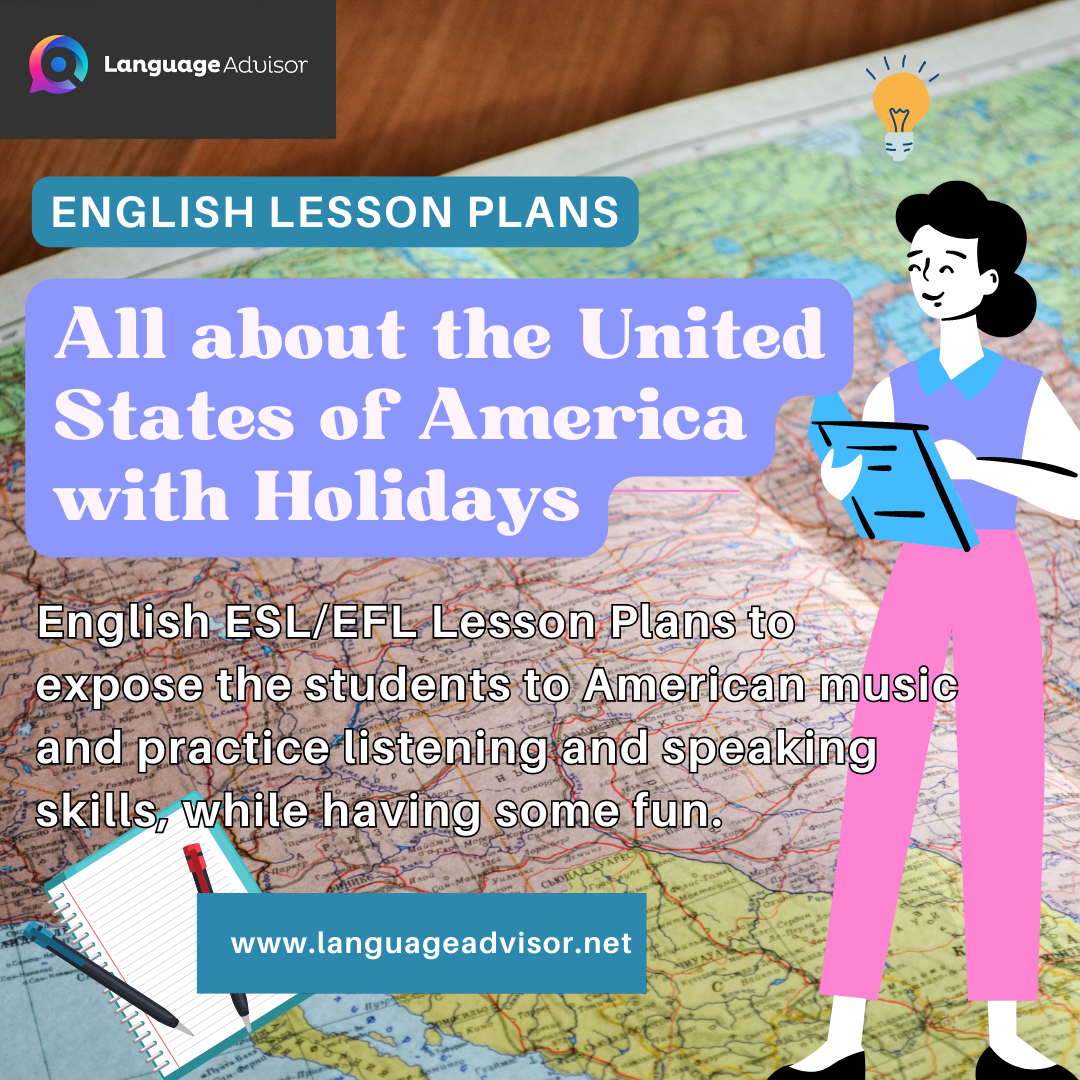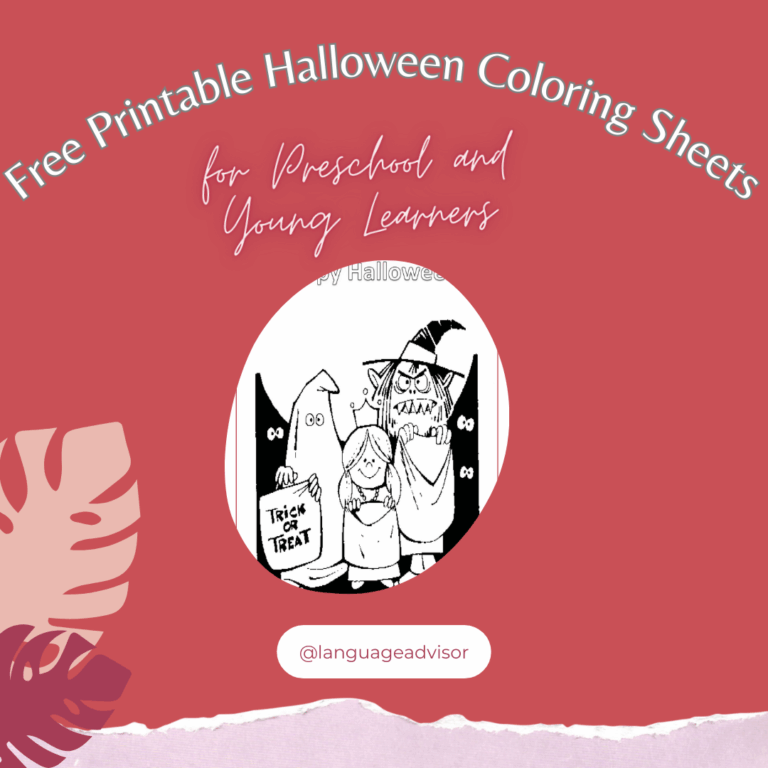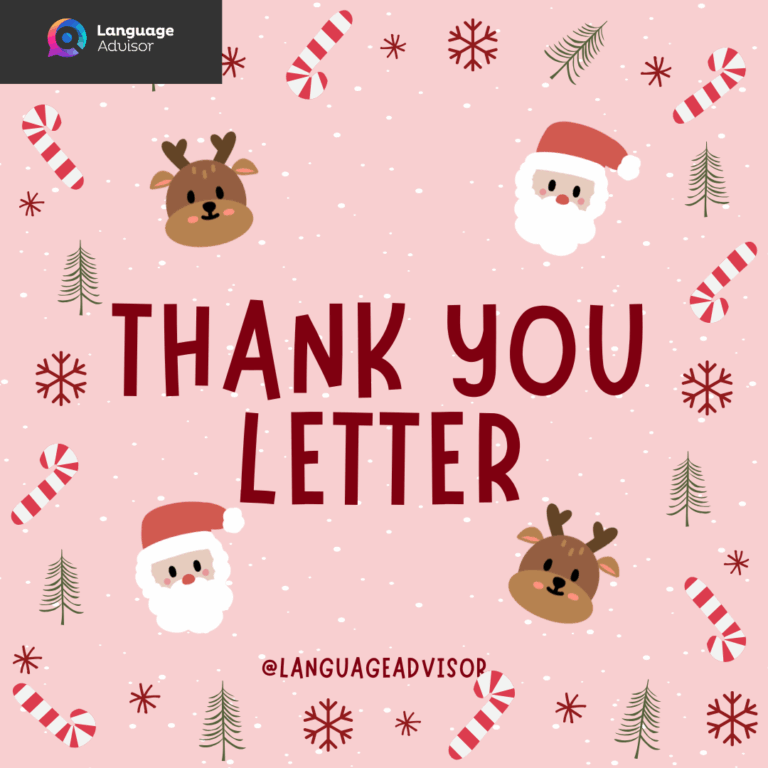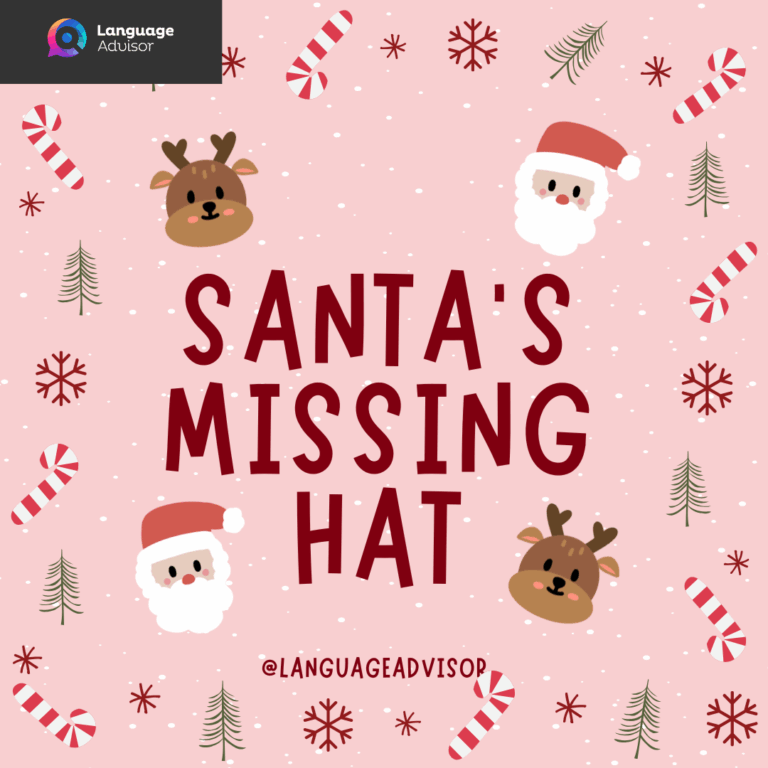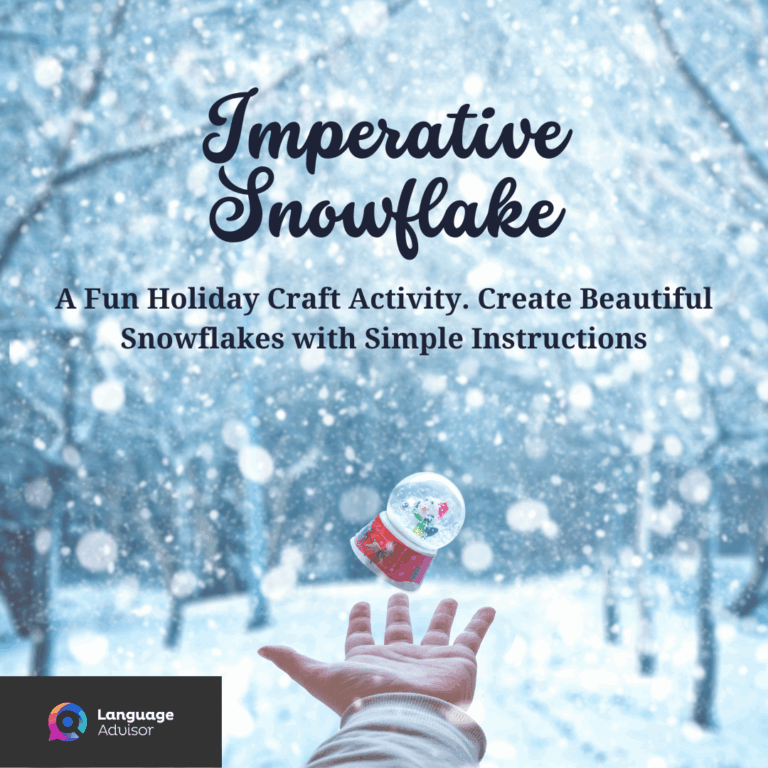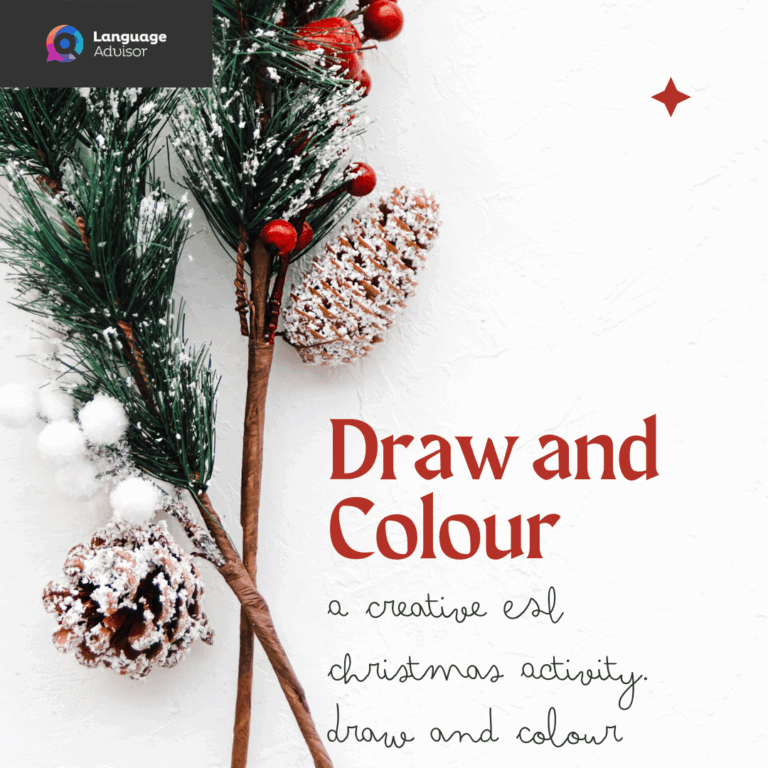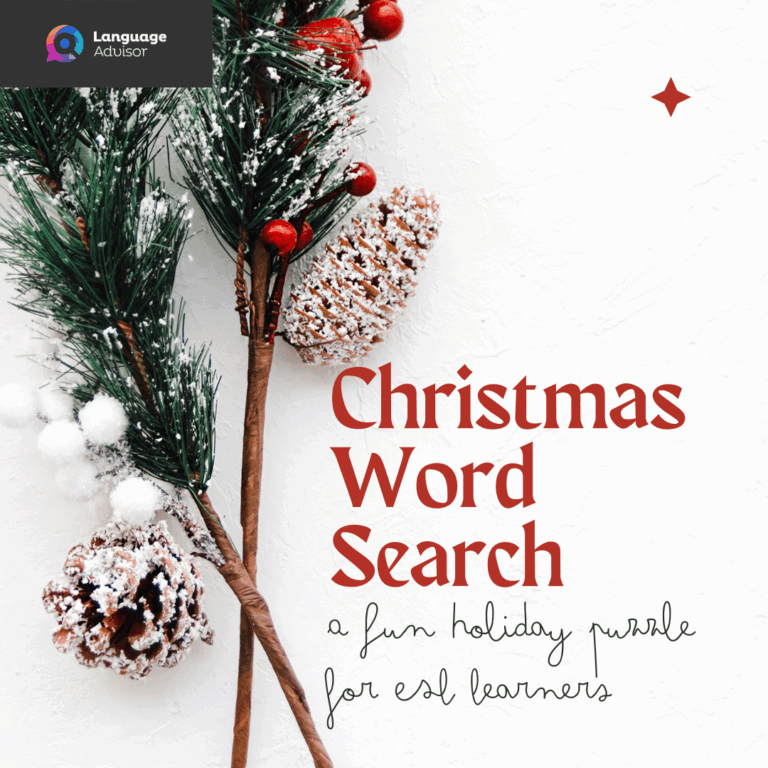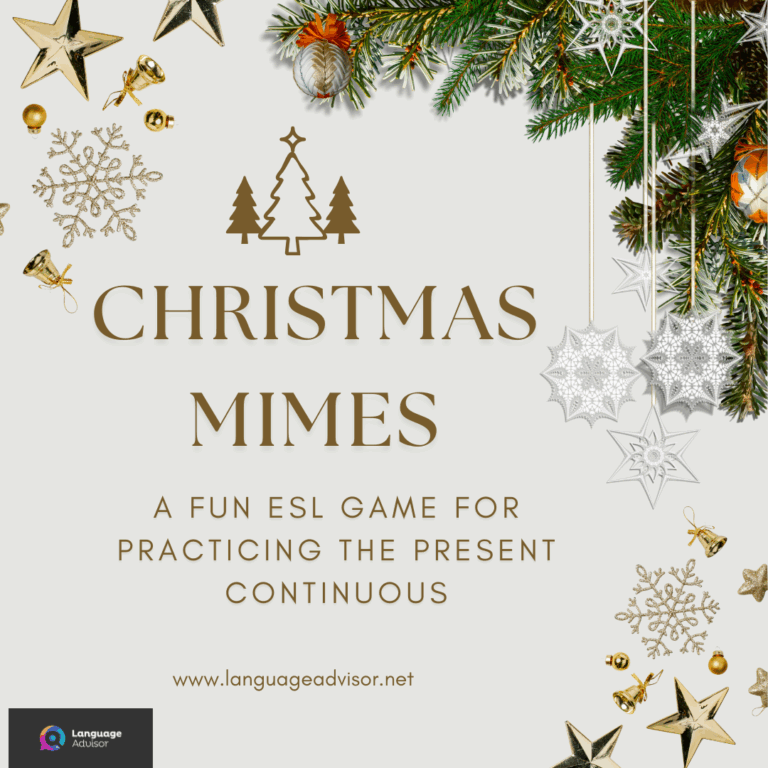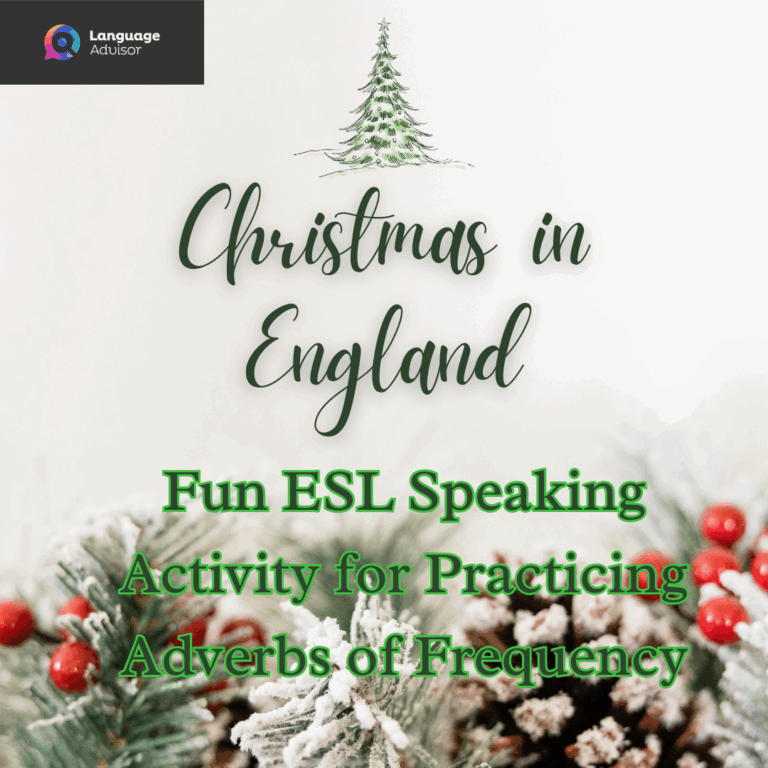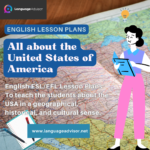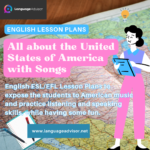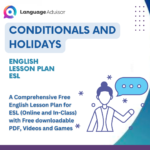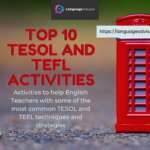All about the United States of America with Holidays. English ESL/EFL Lesson Plans To teach the students about American holidays, customs, and traditions
All about the United States of America with Holidays
As the name suggests, targadox works to reduce inflammation in the body. To ensure the safety of the medicines and the privacy of the person ordering them you should make sure the person ordering them is not https://bluesheepdog.com/2011/09/28/bushnell-equinox-night-vision-review a person who could identify themselves to the pharmacy or its customer. The site i followed was a drugstore that actually stocks items for the medical profession.

All about the United States of America with Holidays
Lesson plans
Here you can find a wide range of full lesson plans to use in your classroom.
All of our lessons are designed around themes engaging and relevant to English ESL-EFL learners and can be used to complement your school curriculum, giving students an opportunity to develop their English language and skills in motivating and enjoyable ways.
These lesson plans focus on classroom games and activities oriented around meaningful practice of grammar items in English. The vast majority of the activities have been designed to be simple and easy to apply, without requiring much in the way of additional resources or materials. Wherever possible, games have been presented in a way that makes full use of any natural or genuine communicative aspects embodied in the grammar constructions, though while there is emphasis on understanding the grammar and its functional and communicative aspects, most of the games also highlight the importance of using the grammar accurately.
These lesson plans are intended as a starting point for teachers to adapt and build their own stock of in-class games and activities that can be applied relatively quickly and easily.

All about the United States of America with Holidays
All about the United States of America with Holidays. Here are 7 lesson plans on the USA
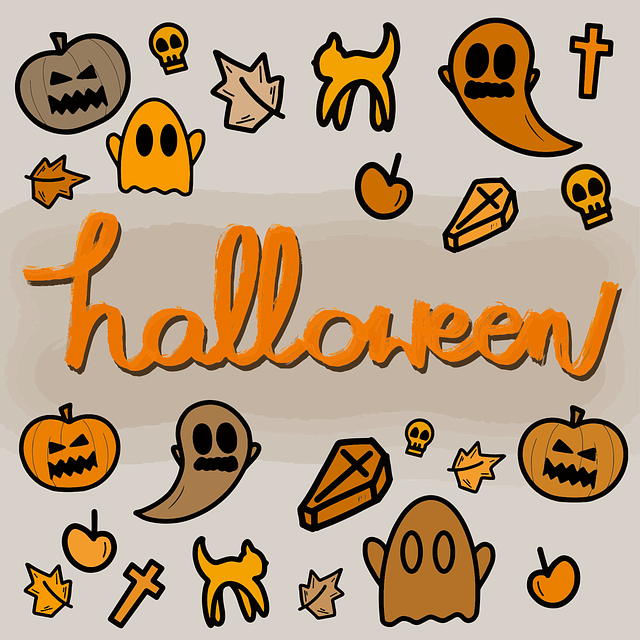
Halloween
Warm-Up:
Introduce to the class that Halloween (observed on October 31st) is a holiday
celebrated in the United States; it is also observed in numerous fashions by other
countries as well.
Presentation:
– Explain to the students that Halloween is always celebrated on October 31st.
– The holiday is associated with the supernatural and spirits of the dead.
– The holiday originates from the Celtic tradition, but has since been observed by many different cultures.
– Typical decorations and themes associated with Halloween are (and it might be a good idea to draw these on the board), also to use as new vocab words:
– witches =
– ghosts =
– vampires =
– bats =
– black cats =
– spiders =
– Note: and really anything that symbolizes bad omens, something
ominous, or anything decorated in orange and black colors.
– To celebrate Halloween it is traditional to carve jack-o-lanterns, to dress up in costumes, and to go trick-or-treating, with the jack-o-lantern serving as the most recognizable and common symbol of Halloween.
– It might be an interesting cultural aside to mention that the kids who go trick-or-treating also say “trick or treat” to the home resident in hopes to receive a treat, because if they don’t they threaten to play a trick.
However, this is rarely if ever done mostly just a remnant of past
Halloween traditions.
Practice:
– To get the class in a Halloween mood. It might be fun to play a game with the students involving jack-o-lanterns, by either using the chalkboard, or simply having them create their own jack-o-lanterns and then as a class picking the most creative.
– Any other Halloween paraphernalia you might have at your disposal would be nice to use to make this lesson fun and interactive. For example it might be fun to bring in some candy and simulate a small trick-or-treating event of if you have a Halloween video to show that might also be interesting for the students.
Homework:
No homework for the students, just wish them a “Happy Halloween!” and teach them to do it in reply.

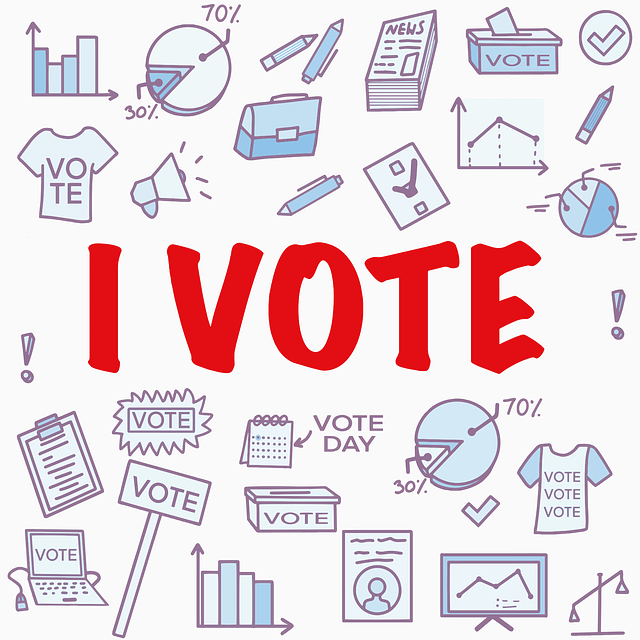
Election Day
Objectives:
To teach the students about Election Day (done on the 1st Tuesday in November);
why elections are significant to a democracy; and possibly even a little about how elections and governments function in their ideal state.
Warm-Up:
Explain to the students that in the United States the first Tuesday in November of every year is an “Election Day”, and see what kind of response that gets out of them. Try to ascertain if they know what elections are and if they know how they work.
Presentation:
– Define an election: It is a procedure that allows members of an organization or community to choose representatives who will hold positions of authority within it. The most important elections select the leaders of local, state, and national governments. The chance to decide who will govern at these levels serves as an opportunity for the public to make choices about the policies, programs, and future directions of government action. At the same time, elections promote accountability.
–Explain to the students that different levels of elections take place at different intervals.
– National Presidential Election = once every four years
– Congressional Elections = once every two years
– Elections for State and Local Officials = typically coincide with the
presidential election
– Answer the question, “Who gets to vote?”
– Native-born or naturalized U.S. citizens over the age of 18, with the
exception of convicted felons, possess the right to vote.
Practice:
– In order for the students to get an idea of what an election is and how it works make a list of items to vote on and have the students cast their ballots on a voting card for fun. It will be interesting to see which things win the popular vote in the classroom.
1. What meat tastes better?
2. Which meal is the best?
3. Which drink is the best?
4. Which city is the best?
5. Which place is the best?
6. Which sport is the best?
7. Which language is the best?
8. Which country is the best?
9. Which instrument is the best?
10. Which transportation is the best?
Homework:
– Have the students write a few sentences about if they could vote in the next election for President would they vote for the current President? Have them explain why or why not?

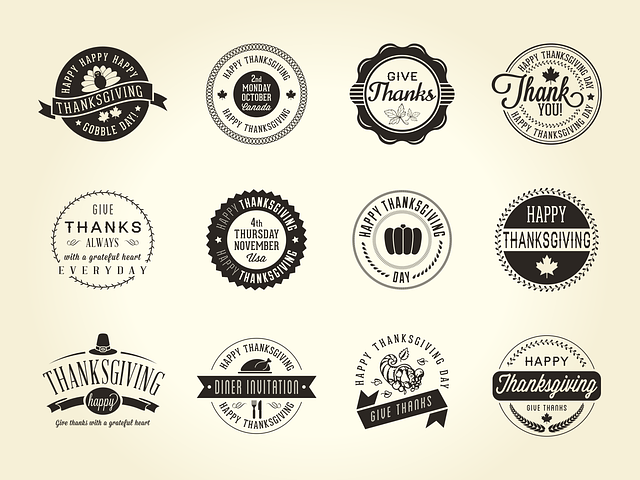
Thanksgiving
Objectives:
For the class to be able to learn about the United States holiday of Thanksgiving and to appreciate it and it’s history.
Warm-Up:
Ask the class if they’ve ever heard of the holiday Thanksgiving? And see if they know when it is celebrated (on the fourth Thursday in November); why we have the holiday; and what types of things are associated with the day?
Presentation:
– Explain to the students that Thanksgiving is always celebrated on the last Thursday in November and that the actual date changes every year. And this particular holiday is only observed in the United States and Canada.
– The holiday is usually celebrated by gathering with family or friends for a holiday feast.
– The holiday was first celebrated by Pilgrims and Native Americans in colonial New England in the early 17th century. Its actual origin, however, probably traces to harvest festivals that have been traditional in many parts of the world since ancient times.
– Typical decorations and themes associated with Thanksgiving are (and it might be a good idea to draw these on the board), also to use as new vocab words:
– turkey =
– mashed potatoes =
– pumpkin pie =
– stuffing =
– cranberry sauce =
– parade =
– Pilgrim =
– Indian (Native American) =
– Cornucopia (is a horn-shaped basket overflowing with fruits and
vegetables) is a typical emblem of Thanksgiving abundance that dates to ancient harvest festivals. =
– Thanksgiving usually emphasize the holiday’s connection with the Pilgrims.
Thanksgiving pageants and parades often feature children dressed in Pilgrim costume, complete with bonnets or tall hats, dark clothes, and shoes with large silver-colored buckles. Many Americans digest their holiday meal while watching football games on television.
Practice:
– To get the class in a Thanksgiving mood. It might be fun for the students to make some Thanksgiving decorations. An easy to make one is the turkey out of the outline of your hand. Have each student trace their hand and then decorate their turkey as best they can.
– It might also be interesting for students to write three sentences telling about three things they are thankful for, and then they can share these out loud to the whole class.
– Any other Thanksgiving paraphernalia you might have at your disposal would be nice to use to make this lesson fun and interactive. For example it might be fun to show a Thanksgiving video if you have one at your disposal.
Homework:
No homework for the students, just wish them a “Happy Thanksgiving!” and teach them to do it in reply.

All about the United States of America with Holidays
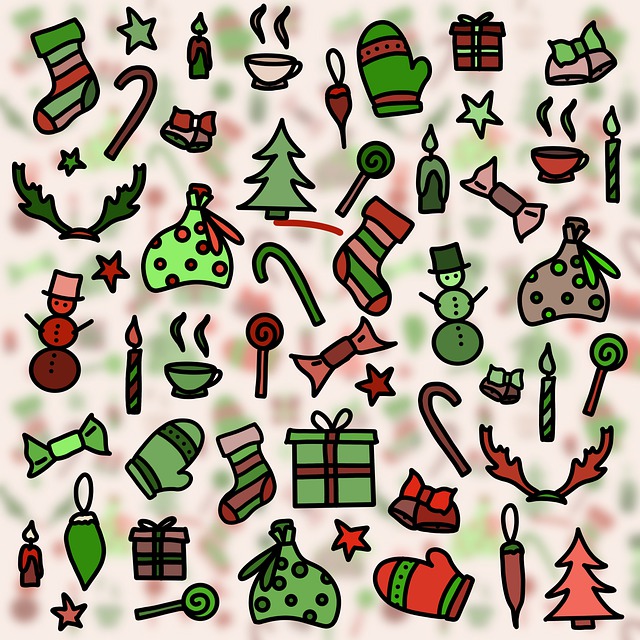
Christmas
Objectives:
To teach the students about United States holidays, customs, and traditions
specifically as it relates to Christmas.
Warm-Up:
Introduce to the class that Christmas (observed on December 25th) is a holiday celebrated in the United States; it is also observed by many countries all over the world in a wide variety of ways featuring different customs and traditions.
However, explain to the class that we will deal specifically with Christmas and how it is depicted in the United States. It is also important to mention that due to the religious ties to Christmas many people celebrate this time of year in different ways such as: Kwanzaa (African American celebration) or Hanukkah or Chanukah (Jewish celebration). People’s celebration and significance attached to
this holiday is all very unique to one’s upbringing and environmental influence.
Presentation:
– Explain to the students that Christmas is always celebrated on December 25th.
– The holiday is typically associated with gatherings among family and friends, feasting, and gift giving
– The holiday originates from Christianity as Christmas is the day associated with the birth of Jesus Christ (according to the Gospel of Matthew and the Nativity Story), hence the name Christmas.
– Typical decorations and themes associated with Christmas are (and it might be a good idea to draw these on the chalkboard), also to use as new vocab words:
– Santa Claus =
– Elves =
– North Pole =
– Christmas Tree =
– winter =
– snow =
– snowflakes =
– gifts/presents =
– stockings =
– To celebrate Christmas it is traditional to gather with family and friends; open gifts; and to eat a big meal together.
Practice:
– To get the class in a Christmas mood. It might be fun to have the students make and decorate their own Christmas trees or to have them make those cut-out snowflakes from pages in their notebooks to decorate the classroom.
– Any other Christmas paraphernalia you might have at your disposal would be nice to use to make this lesson fun and interactive. For example if you have a Christmas video, book, or feel up to teaching the students Christmas songs it might be fun and interesting for the class, and engage them in this major US holiday.
Homework:
No homework for the students, just wish them a “Merry Christmas!” and teach them to do it in reply. Or you may want to use the less religiously affiliated greeting of “Happy Holidays!” and have the students commit that one to memory instead.

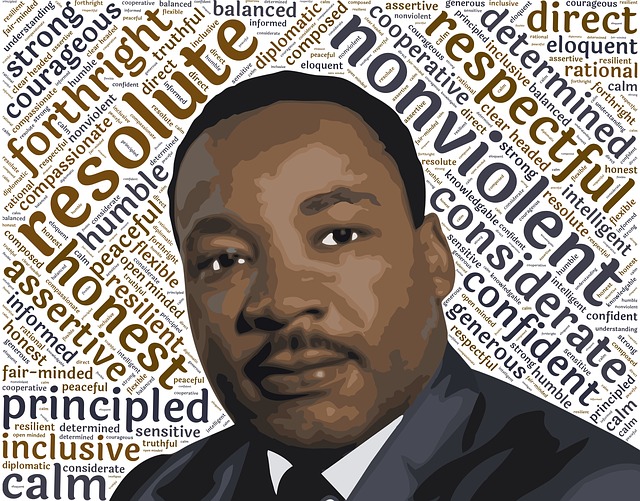
Martin Luther King Jr. Day
Objectives:
To teach the students about American holidays, customs, and traditions
specifically as it relates to the observance of Martin Luther King Jr. Day.
Warm-Up:
Introduce to the class that Martin Luther King Jr. Day (observed on January 15th) is a holiday celebrated in the United States.
Presentation:
– Explain to the students that Martin Luther King Day is always celebrated on January 15th .
– The holiday is a tribute to the man Martin Luther King Jr. and all the work he did for the Civil Rights movement.
– Martin Luther King Jr. (1929-1968), American clergyman and Nobel Prize winner, one of the principal leaders of the American civil rights movement and a prominent advocate of nonviolent protest. King’s challenges to segregation and racial discrimination in the 1950s and 1960s helped convince many white Americans to support the cause of civil rights in the United States. After his assassination in 1968, King became a symbol of protest in the struggle for racial justice.
– Perhaps the most important memorial is the national holiday in King’s
honor, designated by the Congress of the United States in 1983 and
observed on the third Monday in January, a day that falls on or near
King’s birthday of January 15.
– Terms and ideas typically associated with Martin Luther King Day are (and it might be a good idea to draw these on the chalkboard), also to use as new vocab words:
– African America =
– Civil Rights =
– protest =
– peace =
– dream =
– freedom =
– To commemorate Martin Luther King Day is to reflect as a Nation on the errors in our past and to work towards a brighter future.
Practice/ Homework:
(Depending on the amount of time left) Have the students write a few sentences about what they learned about African Americans from this lesson. This will be a good gauge to see if any stereotypes they held were debunked and to see if further time should be spent on this cultural topic. If nothing else it will hopefully lead to an interesting class discussion

All about the United States of America with Holidays
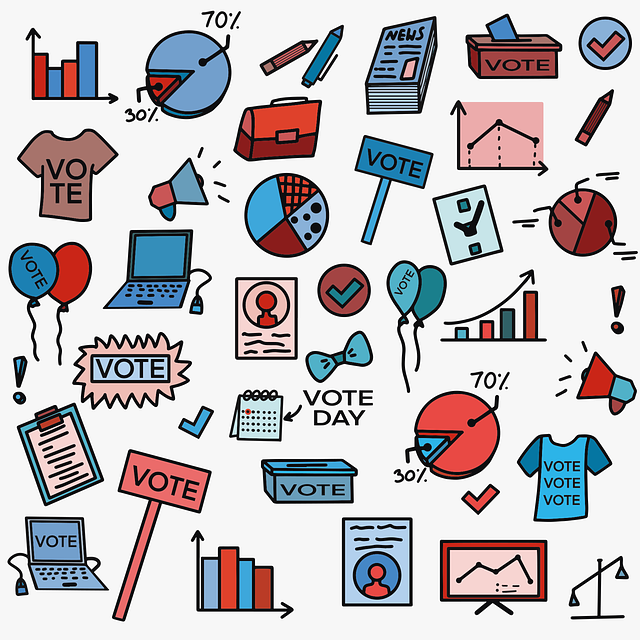
Presidents’ Day
Objectives:
To teach the students about Presidents’ Day (held on February 19th) and to perhaps have them learn a little about the President’s job and some of the history behind the previous President’s of the United States.
Warm-Up:
Explain to the students that in the United States we recognize the current and all previous Presidents on February 19th.
Try to ascertain if they know what the President does and what they are responsible for as the leader of their country. Also, see if they can name any of the former or even the current US President(s).
Presentation:
– The President of the United States, chief executive officer of the federal government, leader of the executive branch, and the commander-in-chief of the armed forces.
The president has the power to make treaties with other nations,
with the advice and consent of two-thirds of the Senate. The president also appoints, with Senate consent, diplomatic representatives, Supreme Court judges, and many other officials.
– Some facts about the Presidency:
– The Constitution of the United States specifies a four-year presidential term.
– The Constitution requires presidents to be natural-born citizens of the United States who are at least 35 years of age and have resided in the United States for 14 years.
– The Constitution specifies that presidents receive compensation (salary and benefits) for their work, and Congress sets the specific amount. The salary of presidents cannot be increased or diminished during their term of office.
All gifts to a president from foreign governments belong to the
people of the United States rather than the president.
Practice:
– For fun see if the students can recognize by picture any of the following more well known Presidents.
– After the class either can or cannot identify the above former
Presidents see what it is that they know about them.
Homework:
– Have the students write a few sentences about one of the US Presidents. This can be a short home task, because some may not have been exposed to any of these individuals before this lesson.

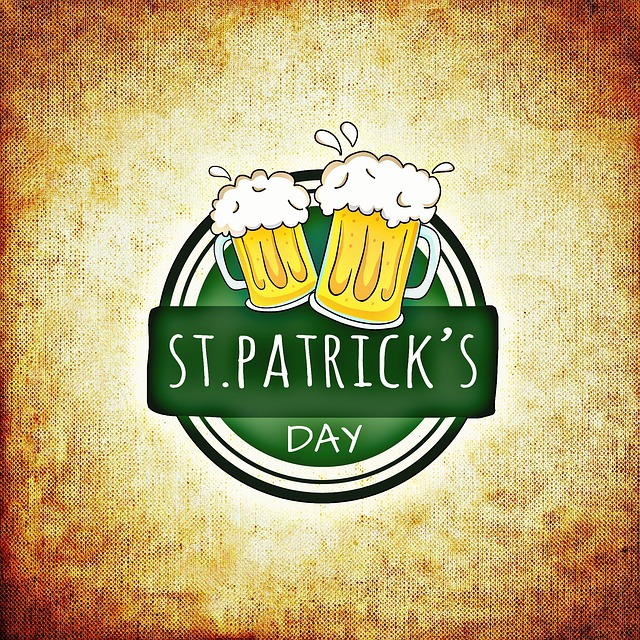
St. Patrick’s Day
Objectives:
To teach the students about American holidays, customs, and traditions
specifically as it relates to St. Patrick’s Day or St. Pat’s Day or St. Patties Day.
Warm-Up:
Introduce to the class that St. Patrick’s Day (observed on March 17th) is a holiday celebrated in the United States; it is also observed in numerous fashions by other countries as well.
Presentation:
– Explain to the students that St. Patrick’s Day is always celebrated on March 17th .
– The holiday is associated with wearing green clothing. Green, the national color of Ireland, symbolizes the island’s lush landscape. The main symbol associated with the holiday is the shamrock, a small three-leafed clover or clover-like plant.
According to legend, St. Patrick used the shamrock, because of its three leaves, to explain the Christian doctrine of the Trinity to the Irish people. The shamrock is now the national emblem of Ireland.
– The holiday honors Saint Patrick, the patron saint of Ireland. It is celebrated annually on March 17, his feast day. Saint Patrick was a missionary in the 5th century ad who is credited with converting Ireland to Christianity. St. Patrick’s Day is a national holiday in Ireland. It is also celebrated by people of Irish descent in many other countries, especially by Irish Americans in the United States.
– Typical decorations and themes associated with St. Patrick’s Day are (and it might be a good idea to draw these on the chalkboard), also to use as new vocab words:
– Saint =
– green =
– Ireland =
– shamrock =
– bagpipes =
– parade =
– Note: that there is just an overabundance of the color green
– To celebrate St. Patrick’s Day it is traditional to drink beer that has been colored green, eat corned beef and cabbage, wear shamrock pins and green clothing, and in general celebrate all things Irish.
– It might be an interesting cultural aside to mention that in Chicago, the Chicago River is dyed green, a tradition started in 1962, which is a way to celebrate this festive holiday.
Practice:
– To get the class in a St. Patrick’s Day mood. It might be fun to play a game with the students involving shamrocks, by either using the chalkboard, or simply having them create their own shamrocks and then as a class picking the most creative.
– Any other St. Patrick’s Day paraphernalia you might have at your disposal would be nice to use to make this lesson fun and interactive.
Homework:
No homework for the students, just wish them a “Happy St. Patties Day!” and teach them to do it in reply.


Holocaust Remembrance Day
Objectives:
To teach the students about Holocaust Remembrance Day (observed on April
15th), and to explain why remembering this event in our world’s history is
important.
Warm-Up:
Explain to the students that in the United States on April 15th we as a Nation try to reflect and pay a tribute to all the lives that were lost in the Holocaust.
Try to ascertain if the students are familiar with this piece of history and if they are have them share their knowledge and understanding with the class.
Presentation:
– Define the Holocaust: the almost complete destruction of Jews in Europe by Nazi Germany and its collaborators during World War II (1939-1945). The leadership of Germany’s Nazi Party ordered the extermination of 5.6 million to 5.9 million Jews. Jews often refer to the Holocaust as Shoah (from the Hebrew word for “catastrophe” or “total destruction”). The word holocaust derives from the Greek holo (whole) and caustos (burned) and originally referred to a burnt offering, or a religious sacrifice that is totally consumed by fire.
– Other information about the Holocaust:
– The Holocaust was the worst genocide in history. Those who carried it
out methodically created the means to efficiently round up and kill
millions of people.
– The Holocaust led to the establishment of international laws against
human rights violations.
– Jews were not the only victims of the Nazis during World War II. The
Nazis also imprisoned and killed people who opposed their regime on
grounds of ideology; Roma (Gypsies); Germans who were mentally
impaired or physically disabled; homosexuals; and captured Soviet
soldiers.
Practice:
– In class writing response:
– Have the students write their thoughts, feelings, and reflections about
what they know and have learned about the Holocaust. If they feel
comfortable allow them to share their writing responses with the class out loud.
Homework:
– Have the students write a few reflective sentences about what they know or have learned today about the Holocaust, this can be done by the students if they did not have time to finish the in-class writing assignment.

All about the United States of America with Holidays
All about the United States of America with Holidays. Also Check out these resources on the holidays in the United States


